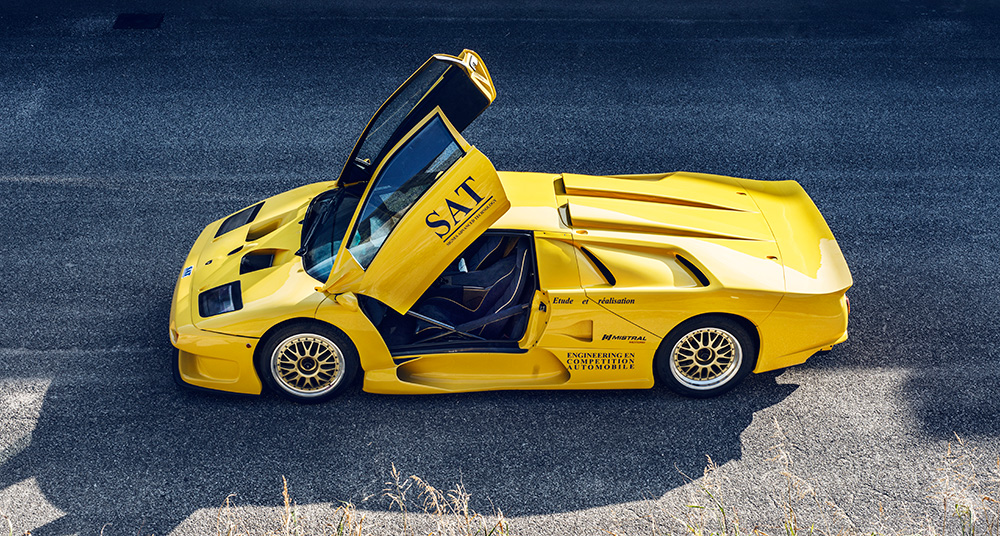
Had Lamborghini’s finances in the 1990s not been so dire, we may well have seen this Diablo GT1 going toe-to-toe with McLaren F1 GTRs and Porsche 911 GT1s. Alas, the project was stillborn, but the outrageous homologation special today serves as a reminder of the marque at its most unrestrained…
The Diablo GT1 Stradale is everything a Lamborghini should be – a brazen, bright yellow behemoth that qualifies for a space on the bedroom wall of almost any teenager. It was, if you will, Lamborghini’s final flourish before Audi rescued the company from impending financial doom, and went about reinvigorating it in ruthlessly Teutonic fashion.
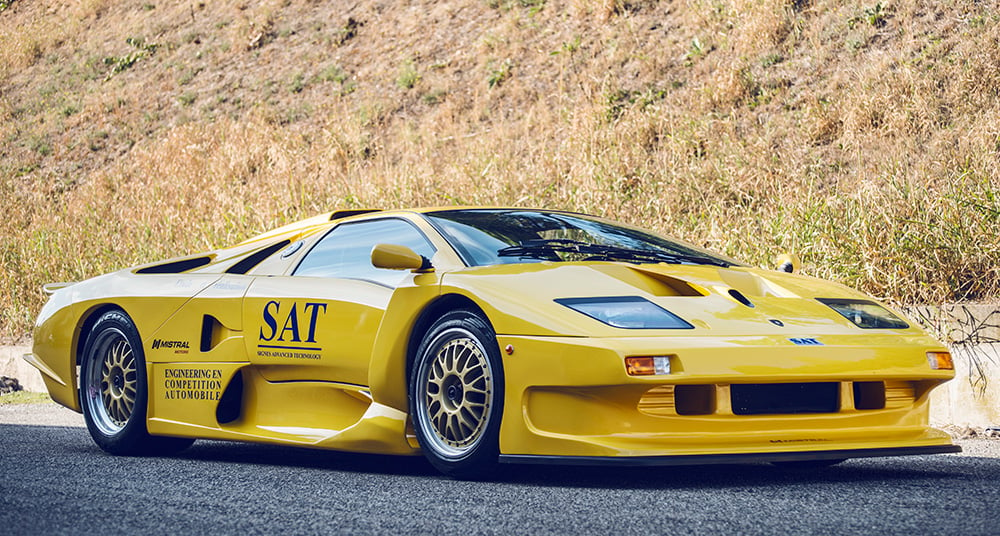
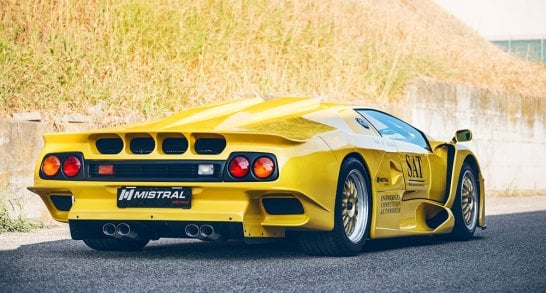
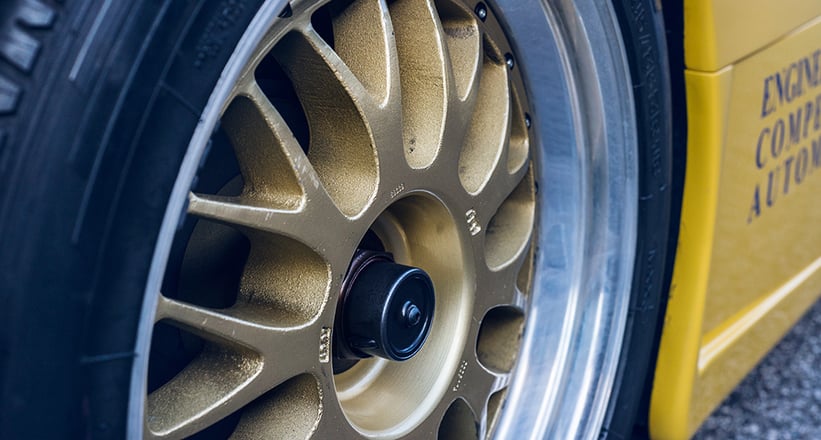
The heady revival of sports car racing in the mid-1990s served as a timely reminder of the commercial power of motorsport, and manufacturers wanted in. Lamborghini was one, and its flagship Diablo was deemed the ideal car with which to go about it. However, that’s not strictly true, because what you’re looking at here isn’t really a Diablo at all. Sure, it might have mildly resembled the distinctive wedge-shaped supercar, but save for the engine that was provided by Lamborghini, almost everything – including the carbon-fibre body panels – was new.
Signes Advanced Technology (SAT), a French competition car preparation specialist in Toulon, France, was subcontracted to build the beast around a special Lamborghini V12 modified with a longer stroke and modified injectors – an evolution of which would end up in the later Diablo GT and 6.0 VT models. It produces a fearsome 655bhp that we imagine, considering the car tips the scales at just over a tonne, makes for a driving experience as memorable as its styling.
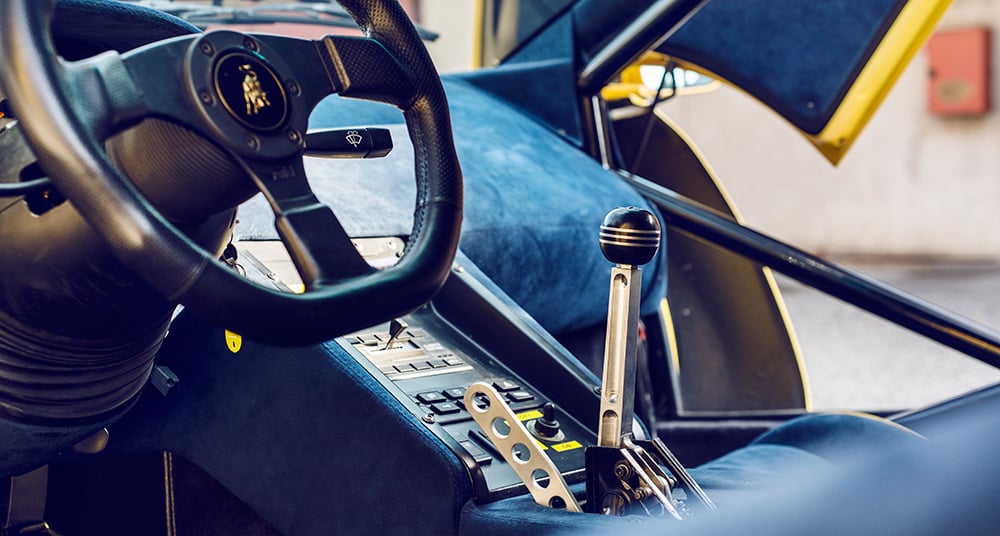
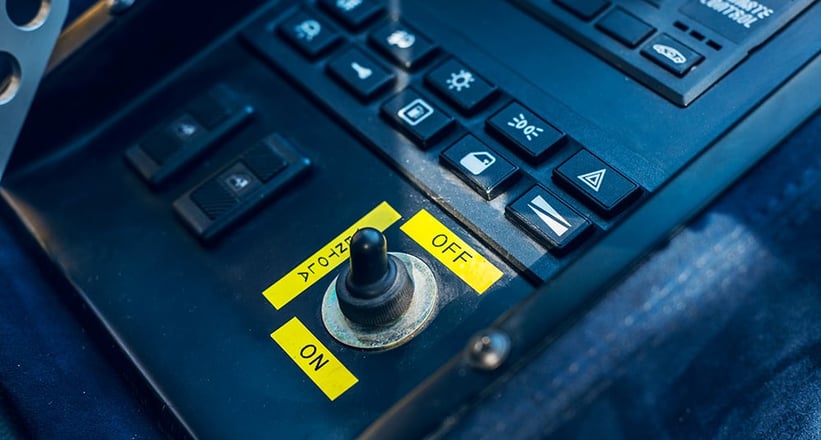
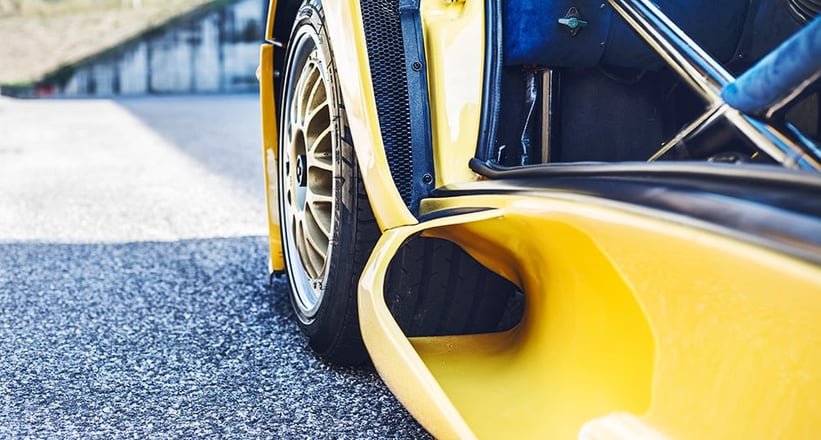
The new carbon-fibre bodywork is dramatically different, with aggressive deep splitters front and rear and, most obviously, that impossibly long tail that tapers from the roof. If it weren’t for the two enormous intakes force-feeding air towards both the engine and that aggressive diffuser, we think you could quite comfortably launch a light aircraft from that rear deck.
Inside it’s a melee of regular Lamborghini Alcantara trim and competition-oriented features – take the ingress-obstructing roll bars, wonderfully intricate pedal box (reminiscent of the McLaren F1’s) and exposed gearbox gate, for example. This GT1 might not have turned a wheel in anger on the track, but it sure misses its spiritual home.
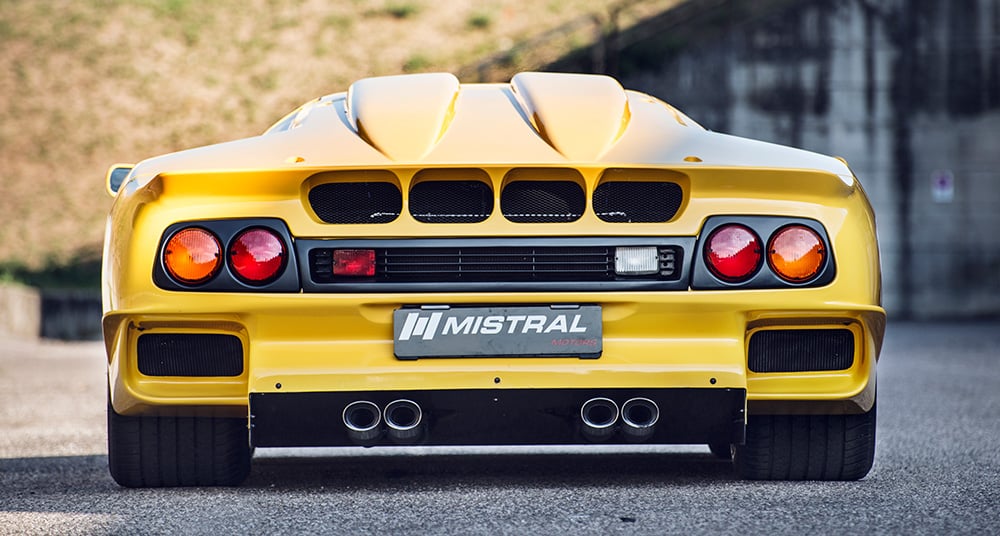
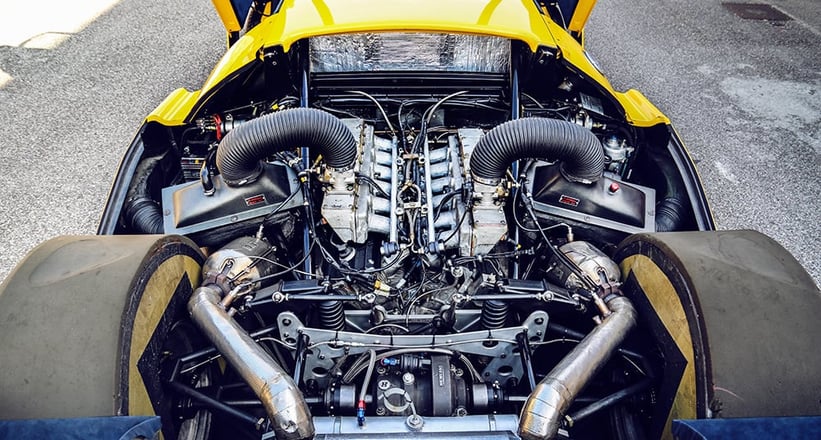
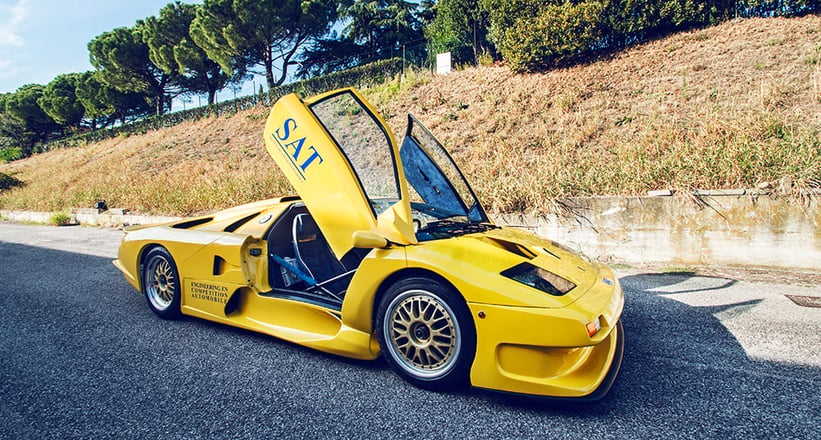
Lamborghini’s end of the bargain also included getting the car homologated by the Italian ministry of transport and, of course, the FIA. And homologate the car it did. However, the company’s top brass didn’t take kindly to the idea of pumping more money into the project, and it was promptly killed off. Just two were built – this yellow ‘Stradale’ model that was retained by SAT for exhibition purposes, and a sister car that was sold in Japan and competed for several years in the fiercely popular JGTC series. That car actually became the first Lamborghini to feature in the cult-classic Gran Turismo video game.
Whether the car would have been competitive if the project had got the go-ahead we’ll never know, but the fact that we were never afforded the chance to see it partake in a Le Mans showdown with the McLaren F1 GTR Longtail and the Porsche 911 GT1 – two cars that very much follow the same principles in their design – is a sad thing indeed. This was more than a modified Diablo. This was a stillborn evolution that was a sign of what could have been – a final representation of Lamborghini at its most extreme.
Photos courtesy of Federico Bajetti © 2016
You can find a number of Diablos listed for sale in the Classic Driver Market, in addition to a broad selection of classic and modern Lamborghinis.
